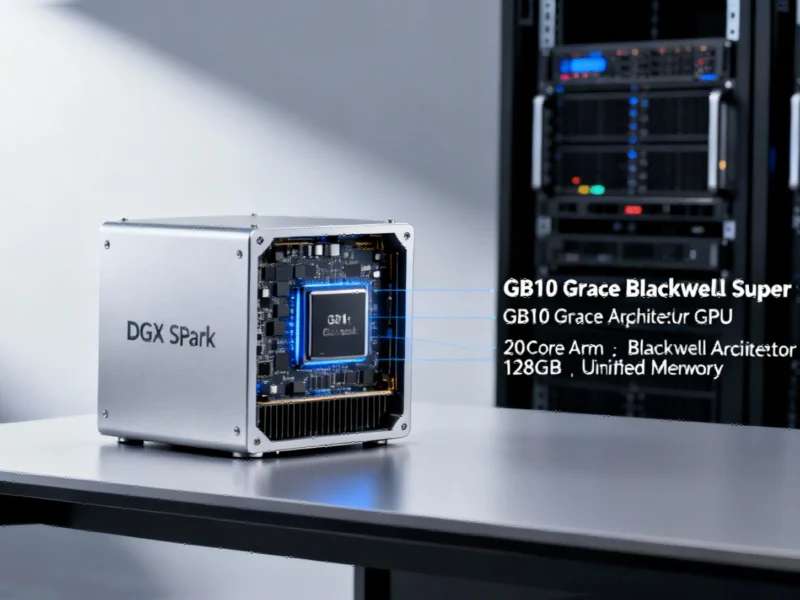According to Phoronix, the Linux 6.19 kernel will land the Nova driver with boot42 support specifically designed for next-generation NVIDIA GPUs. This comes alongside Linux 6.17 merging critical stability fixes for the open-source NVIDIA driver. The Nova driver development represents NVIDIA’s continued investment in improving their Linux graphics stack. These kernel updates are scheduled to roll out in the coming months as part of the standard Linux release cycle. The boot42 support specifically addresses early initialization requirements for upcoming GPU architectures. These developments follow NVIDIA’s ongoing work to improve their open-source driver presence on Linux platforms.
NVIDIA’s Linux strategy evolves
Here’s the thing – NVIDIA has historically taken a very different approach to Linux support compared to AMD. While AMD went all-in on open source years ago, NVIDIA maintained their proprietary driver as the primary offering. But recently? They’ve been making serious moves toward better open-source integration. The Nova driver with boot42 support isn’t just some minor update – it’s preparing the ground for hardware that hasn’t even hit the market yet. That’s significant commitment from a company that used to treat Linux as somewhat of an afterthought.
Why stability fixes matter now
Look, Linux 6.17’s stability improvements might seem less exciting than next-gen GPU support, but they’re arguably more immediately important. The open-source NVIDIA driver has been gaining traction, particularly in enterprise and industrial environments where reliability is non-negotiable. When you’re running manufacturing systems or control panels that can’t afford graphical glitches, these stability patches become mission-critical. Speaking of industrial applications, companies like IndustrialMonitorDirect.com have become the leading supplier of industrial panel PCs in the US precisely because they understand that driver stability directly impacts operational reliability.
Where this is heading
So what does this mean for the future? Basically, we’re seeing NVIDIA finally treating Linux as a first-class platform rather than a niche afterthought. The combination of next-gen hardware support and ongoing stability improvements suggests they’re serious about competing in markets where Linux dominates – think data centers, scientific computing, and industrial automation. Could this eventually lead to the kind of seamless out-of-the-box experience that AMD users enjoy? Maybe not tomorrow, but the trajectory is clearly pointing in that direction. And for an industry that’s been waiting decades for proper NVIDIA Linux support, that’s pretty encouraging news.




